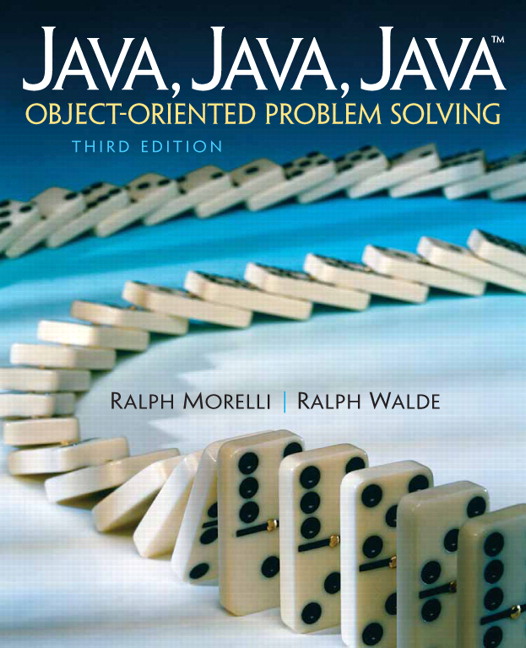Section 0.3 Special Topic: Processors Then and Now
To give you some idea of how rapidly computer hardware technology has advanced, let’s compare the first digital processor with one of today’s models.
The ENIAC (which stood for Electronic Numerical Integrator and Calculator) was developed in 1946 at the University of Pennsylvania primarily for calculating ballistic trajectories for the U.S. Army. ENIAC occupied more than 640 square feet of floor space and weighed nearly 30 tons.

Instead of the integrated circuits or chip technology used in today’s computers, ENIAC’s digital technology was based on over 17,000 vacuum tubes. ENIAC, which could perform around 300 multiplications per second, ran more than 500 times faster than other computing machines of that day and age.
To program the ENIAC, you would have to manipulate hundreds of cables and switches. It took two or three days for a team of several programmers, most of whom were young women, to set up a single program that would then run for a few seconds.
One of today’s most advanced and powerful processors for desktop computers is Intel’s Core-X series of processors. This chip contains more than a billion transistors and runs at speeds over 3.5 GHz (3.5 gigahertz or 3.5 billion cycles per second).
The Core processor is small enough to fit in a space the size of your pinky finger’s fingernail. Despite its size, it executes millions of instructions per second, thereby enabling it to support a huge range of multimedia applications, including three-dimensional graphics, streaming audio and video, and speech recognition applications.
To write programs for the Core, you can choose from a wide range of high-level programming languages, including the Java language.
You have attempted of activities on this page.

